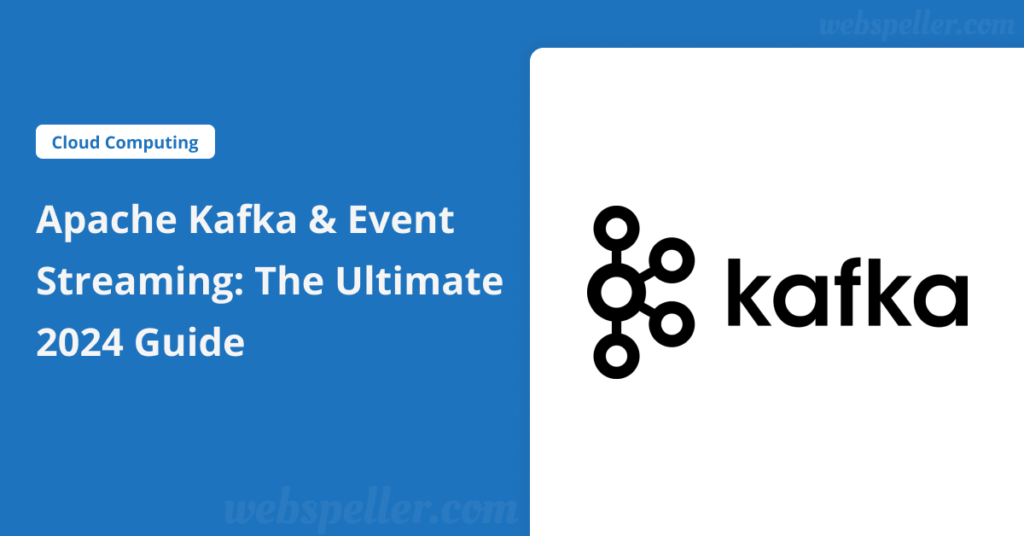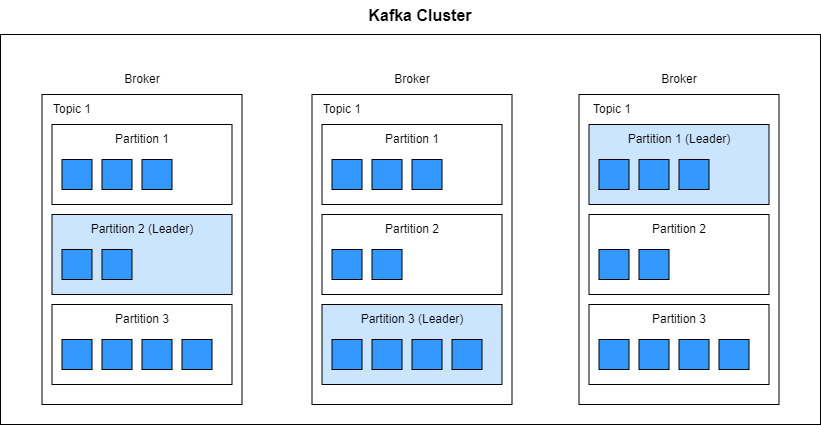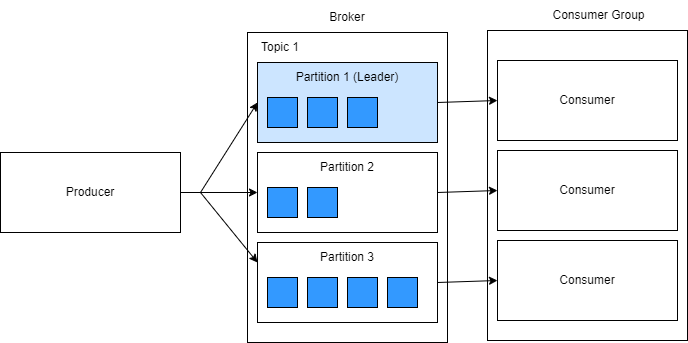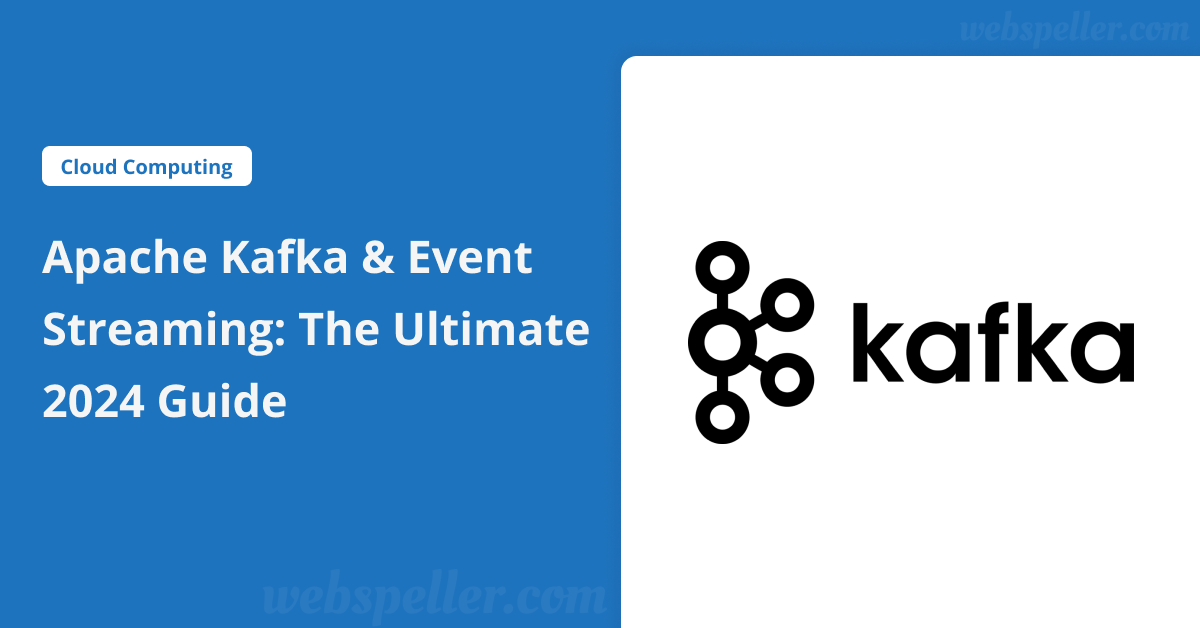Table of Contents

What is Apache Kafka?
Apache Kafka is a powerful, distributed event-streaming platform designed to enable real-time communication between server applications. With its impressive scalability and high bandwidth, Kafka is ideal for processing vast volumes of data seamlessly. Originally developed by LinkedIn, Apache Kafka became open-source in 2011, and since then, it has evolved into a robust system that can store and manage large amounts of data with redundancy. This platform ensures that all data passing through it can be processed in real time, making it a popular choice for businesses requiring high-performance messaging solutions.
Apache Kafka is an open-source distributed platform designed for event streaming and real-time data processing. It excels in delivering high-speed analytics, data transformation, and seamless integration for applications that rely on real-time or near-real-time data. Its unique publish-subscribe model allows Apache Kafka to efficiently store, process, and deliver data to subscribers or consumers.
With its ability to handle hundreds of thousands of messages per second and a low latency of just 2 milliseconds, Apache Kafka is trusted by companies worldwide to support high-demand data pipelines and real-time processing needs.
What is event streaming?
Event Streaming is the process of continuously capturing data from various sources like Internet of Things (IoT) sensors, databases, or applications and making it available for real-time processing, storage, or routing. This data can be retained for a set period, allowing for later retrieval, transformation, or distribution to other systems. Event Streaming enables organizations to process and react to data flows in real-time, across different technologies, ensuring seamless data integration and responsiveness.
Who uses Kafka?
Kafka is widely used by industries such as banking, stock exchanges, manufacturing, retail, and mobile applications. However, it’s important to note that Kafka is not suited for every use case. While it excels in handling high-throughput environments where thousands of events per second are generated, processed, and consumed, the costs associated with hosting a Kafka cluster whether on your infrastructure or through a cloud-hosted service can be significant. Despite this, Kafka‘s architecture remains robust and reliable, making it an excellent choice for businesses that require real-time data processing at scale.
Why should you know Kafka?
While not everyone works directly with Apache Kafka, many applications and services rely on it behind the scenes, making it valuable to understand how it functions. Apache Kafka is trusted by over 80% of Fortune 100 companies. Industry giants like The New York Times, Pinterest, Adidas, Airbnb, Coursera, Cisco, LinkedIn, Netflix, Oracle, PayPal, Spotify, and Yahoo are just a few of the major players using Kafka to power their data pipelines and real-time event streaming needs. Having a basic knowledge of Kafka can provide insight into the technologies that drive some of the world’s largest platforms.
How does Kafka work?
Think of an event as any piece of information, like a notification, a temperature reading, or GPS coordinates. Events are generated, or produced, by someone or an application, imagine a tweet on X (formerly Twitter). These events are then read or consumed by other users or systems. In the X app example, tweets are produced by users and consumed by followers.
In the Kafka ecosystem, events are published by producers and consumed by subscribers. These events are stored in Kafka topics, which act as repositories for different types of events. Each topic can hold a specific stream of events, and Kafka ensures that events are stored and can be accessed at any time.
Using a publish-subscribe model, you can liken Kafka to platforms like YouTube or X, where thousands of channels (or topics) exist. Content creators (producers) publish videos or posts (events), and users (consumers) watch or read them. To manage this large-scale event production efficiently, Kafka utilizes a distributed architecture. Topics are divided into partitions, which are spread across multiple brokers (Kafka servers), ensuring data redundancy, workload distribution, and optimal performance for massive event streaming.

In the diagram above, you can observe how data is distributed across brokers and partitions within Kafka. Events are spread between different partitions and replicated across multiple brokers for redundancy. Each partition has a leader, responsible for managing incoming events from producers and handling client requests from consumers. The other partitions, known as followers, replicate the data from the leader to ensure all brokers maintain identical copies. This process is referred to as ISR (in-sync replica), ensuring the reliability and fault tolerance of the Kafka ecosystem.

Clients consume events in Kafka, and to manage large volumes of data efficiently, consumer groups can be employed to distribute the workload. Each event stored in a partition has a unique identifier known as an offset, similar to an index in an array.
However, there may be instances where not all produced data is consumed, which can occur for various reasons. For example, on the X app, users may miss some tweets amidst the constant flow of new posts, resulting in unread tweets. In Kafka, this situation is referred to as consumer lag. Events are stored sequentially within partitions, each assigned an offset, and this metadata is maintained in internal topics. This allows Apache Kafka to track which events have been consumed and which remain unread, with lag potentially signaling performance issues in the system.
[img]
Apache Kafka relies on a core component called Zookeeper to manage its operations. Zookeeper tracks the cluster’s metadata and coordinates brokers, consumer groups, and leader elections. It is essential for certain deployment configurations of the Kafka cluster and must be set up before installing Kafka brokers. To ensure high availability, you can deploy multiple Zookeeper replicas within your Kafka cluster, providing redundancy and reliability for the system. For more detailed information, refer to the relevant documentation.
Integration with Other Systems
Kafka can seamlessly stream data to and from other systems through Kafka Connect, an integration toolkit that features plugins for connectors, enabling data conversion and transformation.
The architecture of Kafka Connect comprises connectors that create tasks, which are responsible for moving data. It also includes workers to execute these tasks, as well as transformers and converters to manipulate and format the data.
There are two main types of connectors:
- Source connectors push data from external sources, transform it as needed, and store it in Kafka topics. For instance, data from a relational database table can be extracted, converted into JSON format, and saved in a topic.
- Sink connectors pull data from Kafka topics, perform transformations, and send it to other data destinations. Numerous plugins are available for integrating with various technologies, including Redis, MongoDB, SAP, Snowflake, and Splunk.
How Can You Use Kafka?
There are several deployment options for Kafka:
- On Cloud: Consider using cloud-hosted SaaS solutions such as Confluent Cloud or Amazon MSK for a fully managed Kafka experience.
- Manual Installation: You can manually install Kafka using binaries for development and testing on local machines or deploy it on servers for production. A minimal setup requires a Zookeeper instance (unless using KRaft) and at least one broker. You can use the scripts included with the Kafka binaries to create topics and start producers and consumers for data generation and consumption. A quickstart tutorial from Apache can help you get started.
- Using Operators: Deploying Kafka clusters and its extended features (like Kafka Connect, Kafka Bridge, and Mirror Maker) can be simplified using operators on Kubernetes or OpenShift. Popular options include Strimzi and Confluent Operator, which automate many manual tasks during cluster installation and help manage users, topics, and configuration changes.


